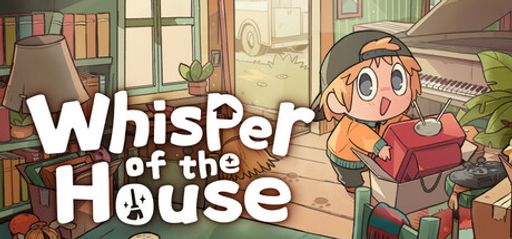When I first booted Whisper of the House, I expected a gentle organizing sim with a few pleasant moments. What I did not expect was to be quietly devastated at the end of my first playthrough. The way the game leaves a soft, aching space in you is rare in modern design. Developed and self-published by 元气弹工作室 (GD Studio) and released on August 27, 2025, this small team crafted a cozy, thoughtful experience that sits between Unpacking and an open-world life sim — but with its own slow-burn mystery and surprising depth.
Overall Impressions
What stood out most was the marriage of simple mechanics with meaningful choices. Moving, cleaning, and decorating form the core loops, yet the way NPC requests, recycled items, and hidden areas weave together turns those loops into something satisfying. The town feels alive — neighbors have routines, shops close at night, and your actions affect people in small but believable ways. However, pacing can drag. The same slowness that makes the game meditative may feel aimless if you prefer immediate goals. Still, compared to similar titles, Whisper of the House expands the formula with light puzzles, exploration, and a subtle mystery that provides structure.

Gameplay Mechanics
The gameplay is tidy and accessible. You pick up items, place them, decide whether to keep or recycle them, and help neighbors arrange their spaces. The “rummage through bins” mechanic is a lovely touch — it fuels both decoration and economy, introducing mild resource management. What works best is the tactile satisfaction of organizing: drag-and-drop placement, visual feedback when a shelf looks “right,” and how a neat room changes NPC dialogue.
Even so, responsiveness could improve. Menu navigation and inventory systems are mostly fine, but a few interactions feel fussy when moving many items at once. Similarly, the pace of certain NPC tasks can feel repetitive. A checklist or fast-travel option would help during multi-location orders.
Speedrunning Potential
From a speedrunner’s perspective, the game is unexpectedly interesting. There are clear routing optimizations: plan town runs to reduce backtracking, prioritize bins with key decorative items, and batch imports for multiple NPCs in one pass. Hold the interact key to skip repetitive dialogue. For Any% runs, skip optional decorating when possible; for 100% runs, memorize bin locations and NPC schedules. I can already see community-driven categories like Any% Story, 100% Decoration, and Speed Clean (complete N tasks in minimal in-game days).
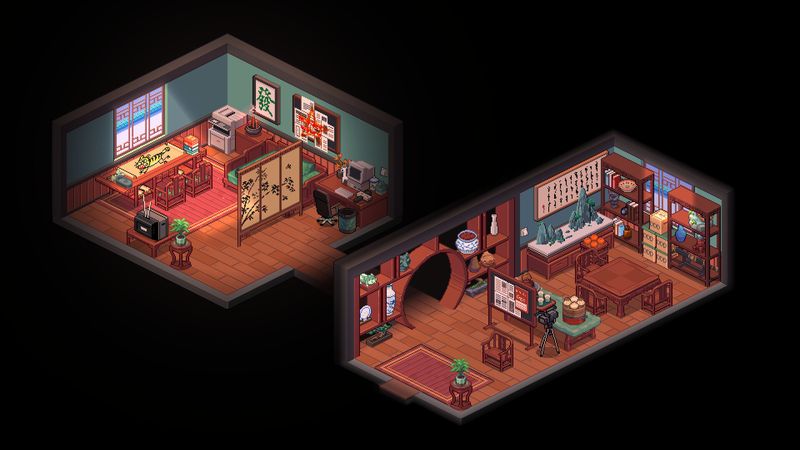
Story and Characters
The story is gentle but effective. You play as a newcomer to a small town, gradually uncovering layered stories about lives in transition. Characters feel authentic because their homes and objects tell their histories. Instead of long cutscenes, revelations emerge through what you find while cleaning and listening. That design gives the emotional beats real weight. The mystery unfolds slowly, yet the payoff is satisfying — enough to make you return and explore every hidden corner.
Many players describe a quiet craving after finishing, an emptiness that reflects attachment rather than lack. That lingering feeling marks good design and kept me pressing forward even when the game urged patience.
Visuals and Graphics
The pixel art is delightful. It balances charm and clarity — every object reads instantly, which matters when organizing a room. Animations are small but expressive: cats flop onto your lap, neighbors adjust vases, and leaves drift in the wind. The warm color palette and fine details reward exploration. You will spot tiny plants tucked everywhere, and the sheer number of decorateable spots is generous. Fans of cozy aesthetics will find the tone perfect without it becoming sugary.
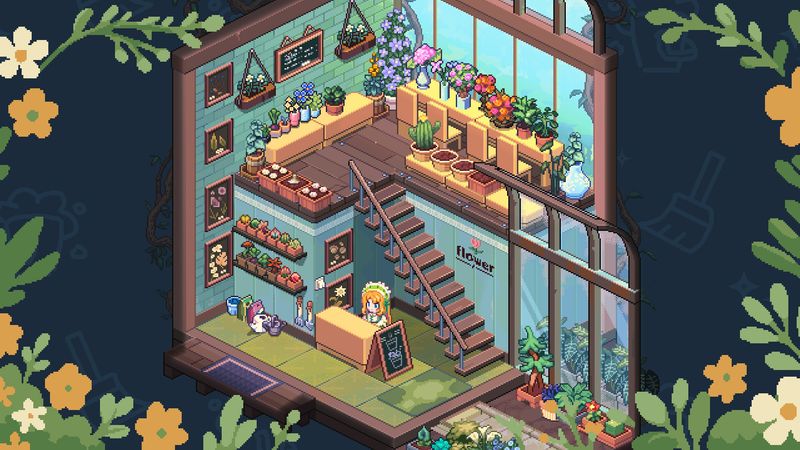
Sound and Music
The soundtrack leans on soft piano and ambient textures that match the slow pace. Sound effects are subtle yet satisfying — clinks of glass, rustling paper, and purring cats make every action feel grounded. There’s no heavy voice acting, which fits the intimate design. Instead, personality comes through text and context. The audio complements both the meditative and melancholic tones beautifully.
Difficulty and Replayability
Traditional difficulty is low — there are no punishing mechanics. Instead, the challenge lies in efficiency and discovery. Replayability stands strong for two reasons: numerous optional tasks and hidden areas, plus emotional storytelling that rewards a second playthrough. For completionists and speedrunners alike, efficient routing and collectible hunting provide deep replay value. Players already hope for DLC, showing how attached the community has become.
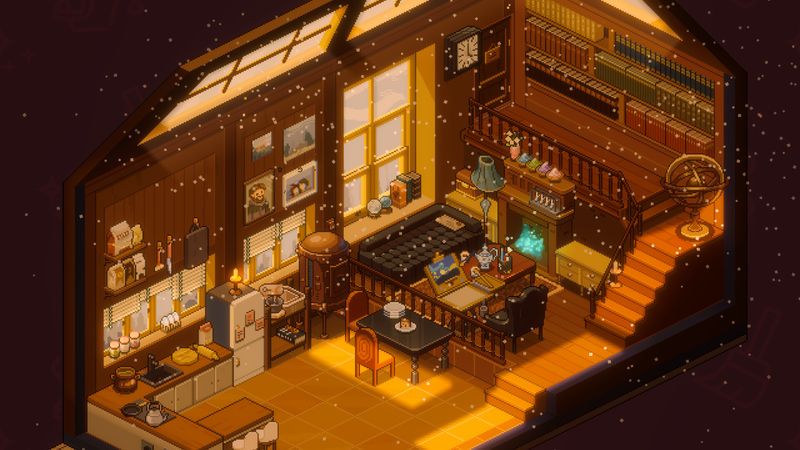
Trivia and Developer Notes
元气弹工作室 is a small indie team, and Whisper of the House is their most ambitious title to date. They self-published and supported the game closely after launch, responding to community feedback. Early patches focused on quality-of-life fixes (inventory speed and minor UI changes), showing a strong ongoing commitment to the player base. The “pet the cats” feature was an in-joke from the devs during streams and became a fan favorite.
Final Thoughts
If you like Unpacking but wish for more exploration, NPCs, and slow-burning story, Whisper of the House is an excellent pick. My practical tips: plan routes to avoid backtracking, learn where bins tend to spawn good items, prioritize recycling early to unlock useful vouchers, and use dialogue skips during runs. For speedrunners: categorize your runs early, practice the town loops, and share routing strategies — this game shines when players refine its subtle systems.
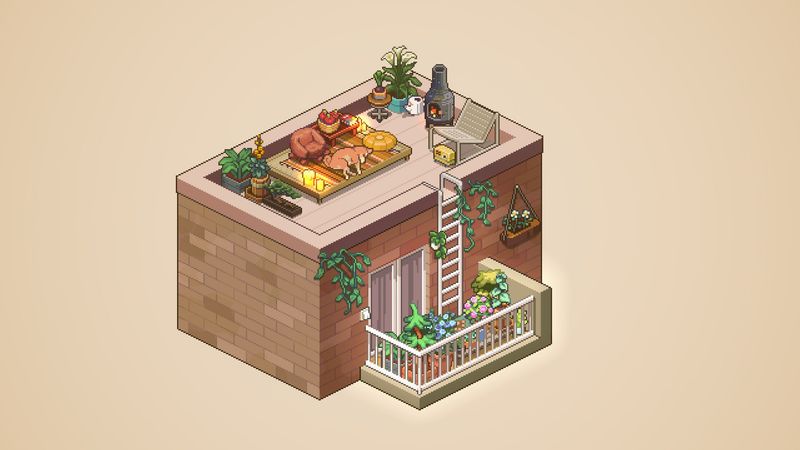
Rating: 4.5 out of 5 stars
Whisper of the House isn’t a race by design, but it becomes one in spirit — rewarding thoughtful pacing, planning, and attention to detail. It left me wanting more, and I’ll be refreshing the store page the moment DLC is announced.

